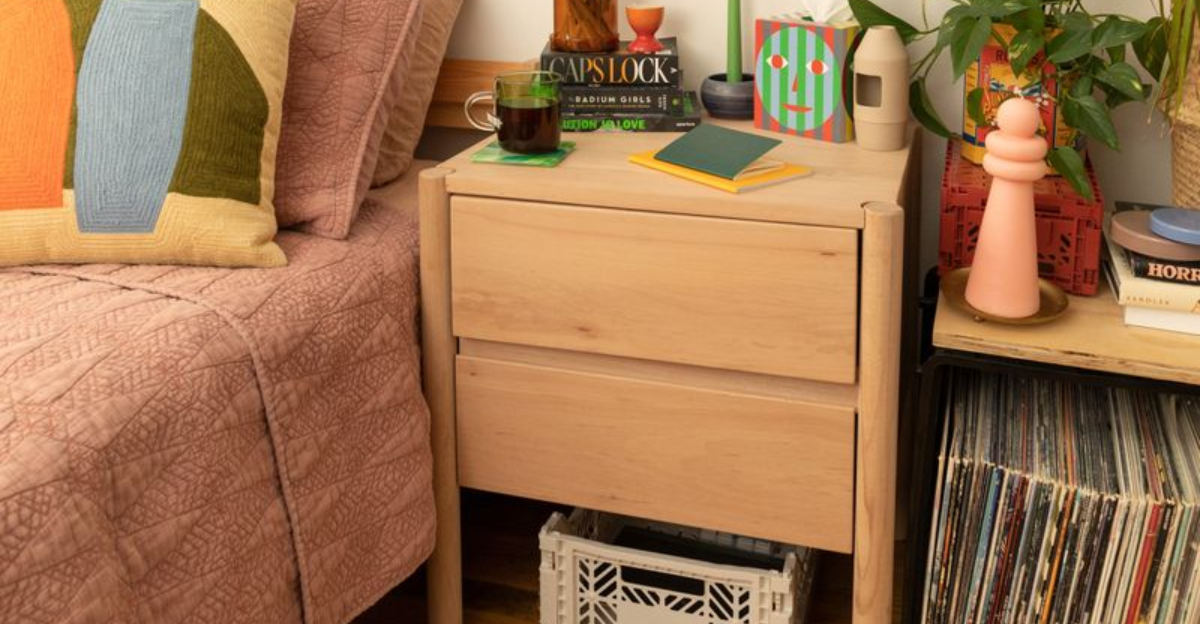Ever wonder why your bedroom still feels messy even after cleaning? Sometimes the culprits aren’t just dirty clothes or dusty surfaces but everyday items creating visual chaos.
A tidy bedroom promotes better sleep and reduces stress. Let’s explore common clutter-causing items and simple solutions to transform your space into a peaceful sanctuary.
1. Too Many Throw Pillows
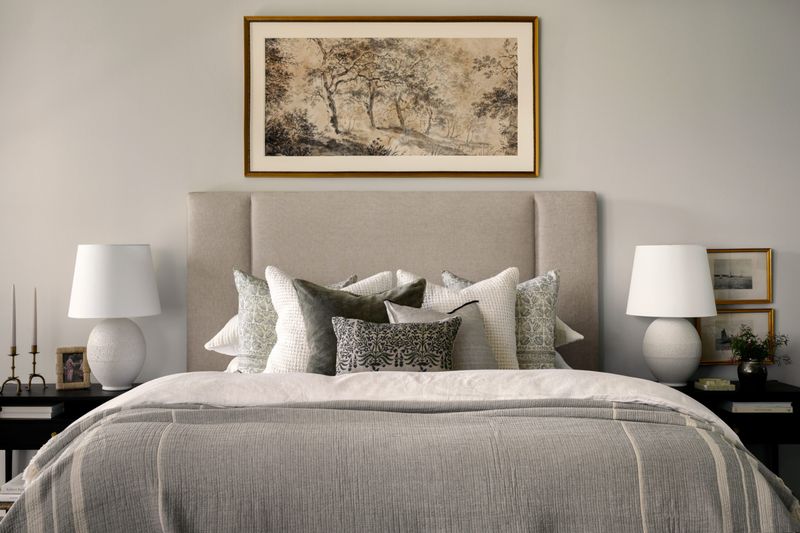
While cozy and inviting, an army of decorative pillows quickly overwhelms your bed. Every morning, they end up scattered on floors or chairs, creating instant disarray.
Stick to a maximum of five pillows total – two for sleeping and three decorative ones. This balance offers style without the daily pillow avalanche.
2. Bulky Nightstands
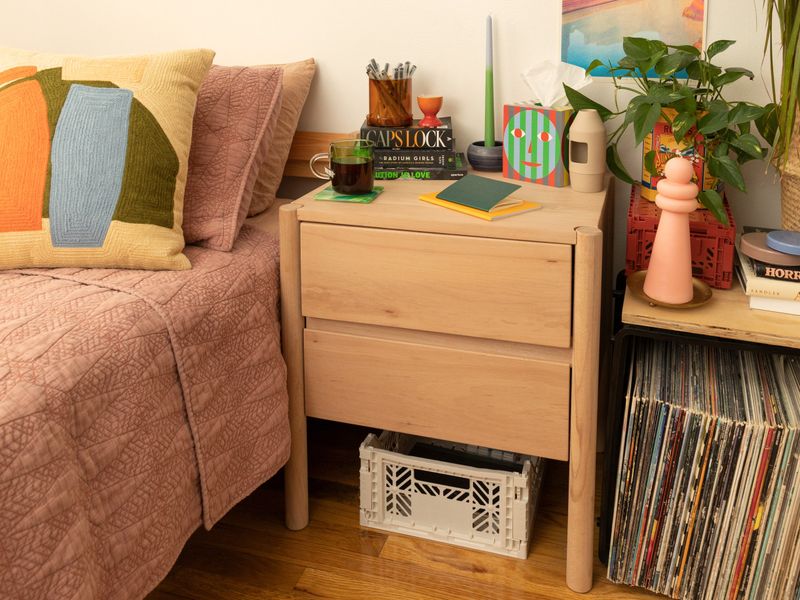
Oversized bedside tables eat up precious floor space and make even spacious rooms feel cramped. When packed with items, they create visual weight that drags down the room’s aesthetic.
Opt for floating shelves or slim-profile nightstands with built-in storage. Wall-mounted options free up floor space while providing essential surface area for nighttime necessities.
3. Unmade Bed
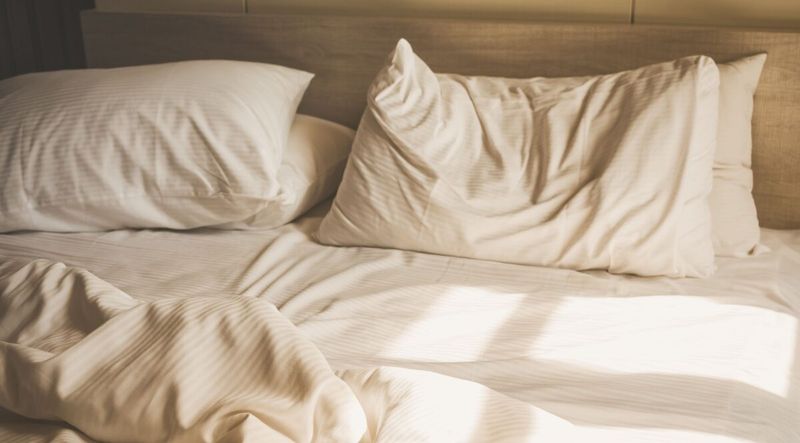
Nothing screams ‘messy bedroom’ faster than rumpled sheets and twisted blankets. Even in an otherwise organized room, an unmade bed instantly creates a disheveled atmosphere.
Spend just two minutes each morning smoothing sheets and arranging pillows. Simplify with a duvet that only needs a quick fluff rather than complex layered bedding.
4. Visible Cords and Chargers
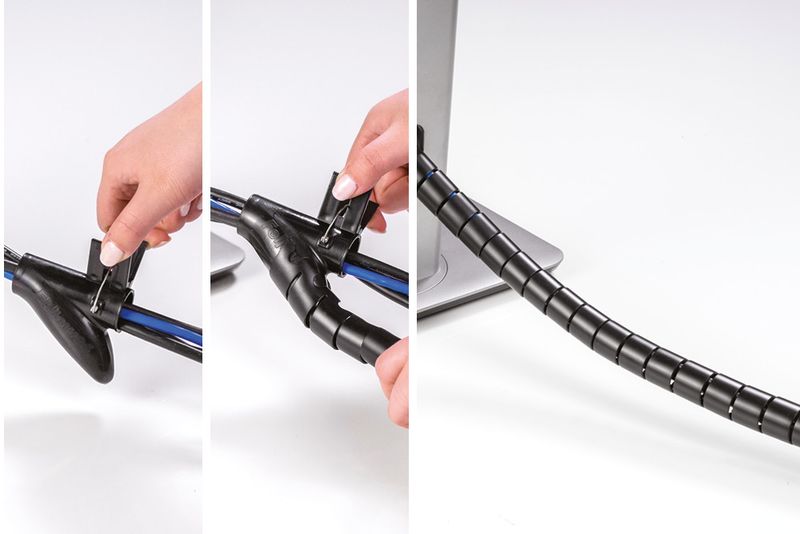
Snaking cables create instant visual chaos, gathering dust and making nighttime navigation hazardous. Plus, tangled cords always seem to multiply when not managed properly!
Invest in cord management solutions like cable clips, decorative boxes with cord slots, or charging stations. Consider furniture with built-in USB ports to eliminate excess chargers altogether.
5. Overflowing Laundry Baskets
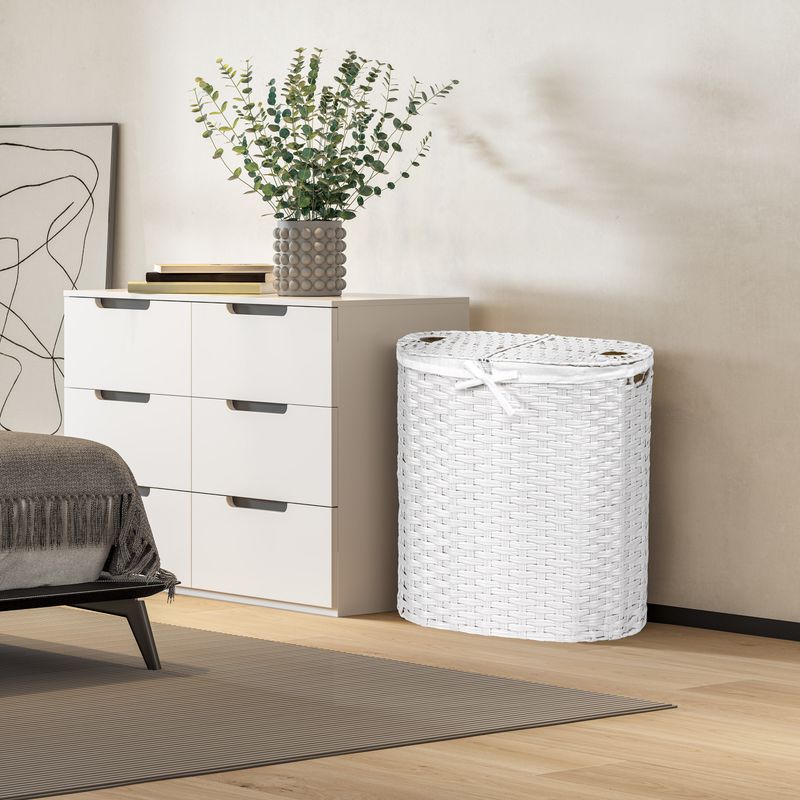
Peeking from corners or bursting with clothes, visible laundry containers instantly downgrade your bedroom’s appearance. When fabrics spill over the sides, even clean laundry looks messy and unkempt.
Switch to lidded hampers that conceal contents or decorative baskets that complement your décor. Place hampers inside closets or behind screens whenever possible to maintain visual serenity.
6. Cluttered Dresser Tops
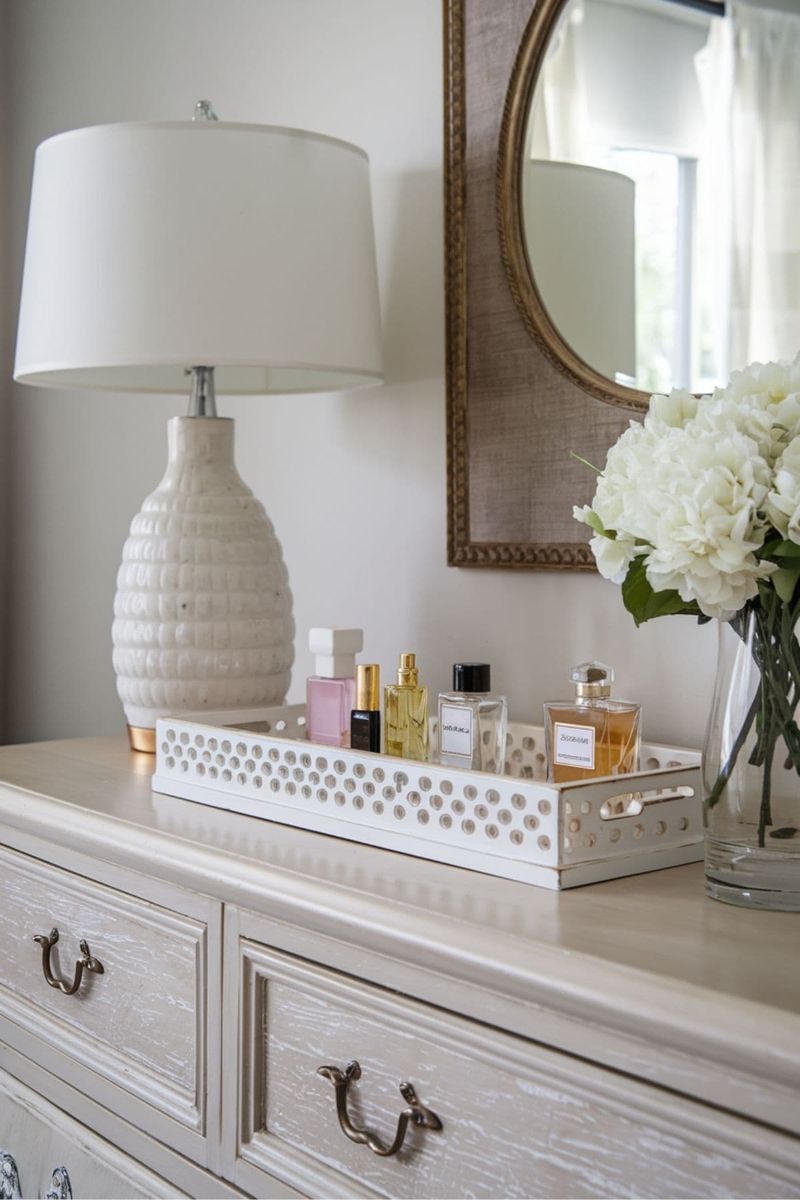
Flat surfaces naturally attract random items – jewelry, loose change, receipts, and products create instant visual noise. What starts as a few essentials quickly multiplies into chaotic collections.
Implement the one-in, one-out rule for dresser surfaces. Use attractive trays to corral small items, and designate specific homes for frequently used products rather than leaving them out.
7. Random Wall Decor
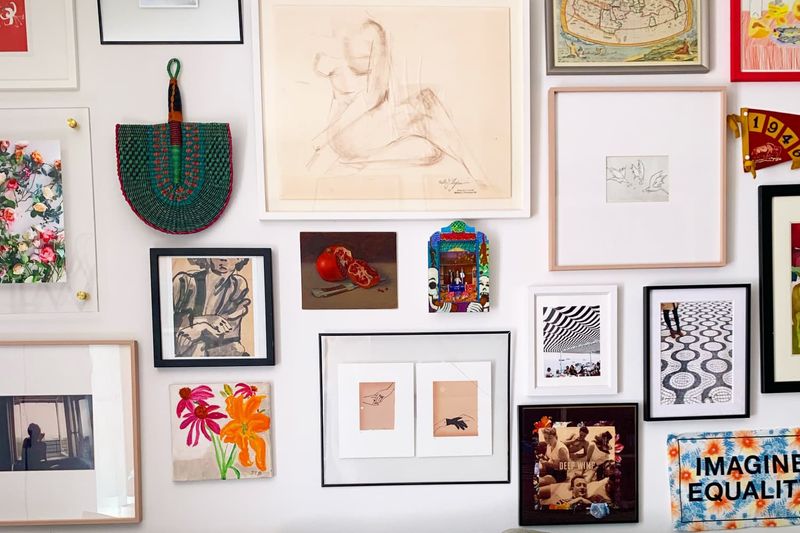
Mismatched frames hung at various heights create visual confusion rather than cohesion. Without a plan, walls become a jumbled gallery that overwhelms rather than enhances your space.
Create intentional groupings using similar frames or complementary art pieces. Maintain consistent spacing and alignment, or invest in one larger statement piece instead of multiple small items.
8. Stacks of Books Everywhere
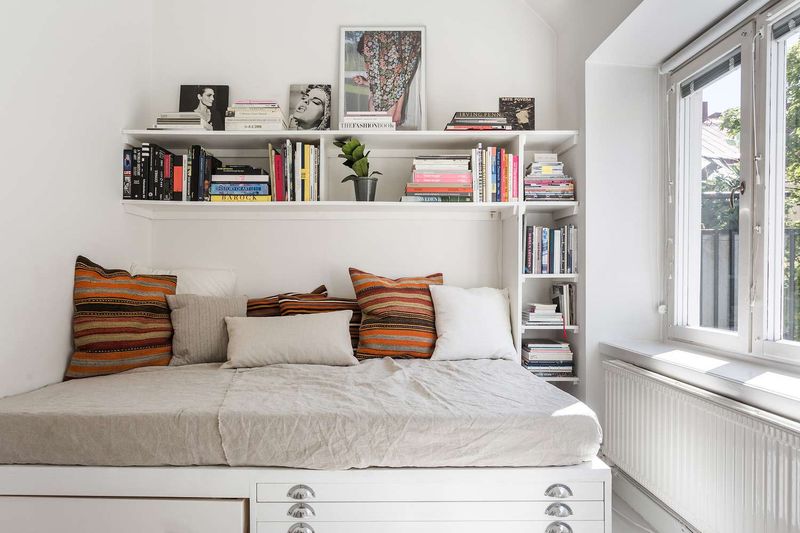
Avid readers often accumulate literary towers on nightstands, floors, and any available surface. Without proper homes, even beloved books quickly transform into dusty clutter piles.
Limit bedside reading to two current books maximum. Install floating shelves or a dedicated bookcase for collections, and consider digital alternatives for recreational reading to reduce physical book accumulation.
9. Storage Under the Bed That’s Visible
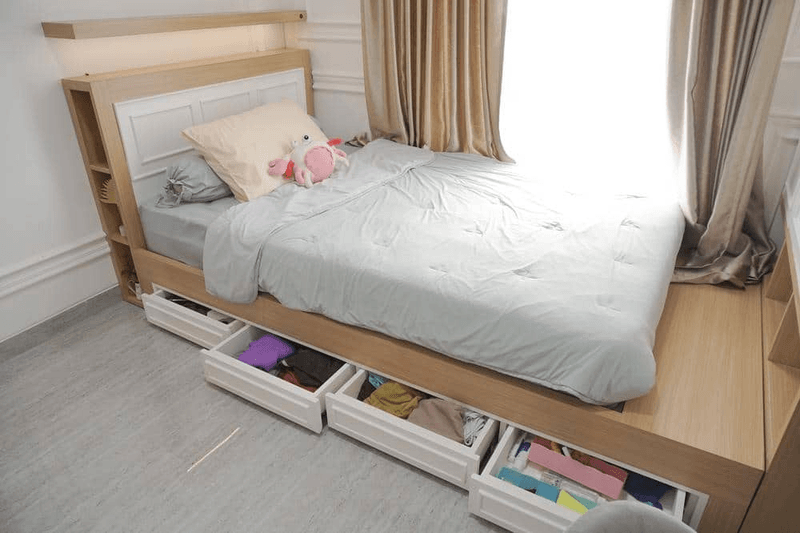
Boxes and containers peeking from beneath your bed create an unfinished, temporary-looking space. Visible storage suggests there’s simply too much stuff for the room to properly contain.
Buy proper under-bed storage containers with lids that slide completely out of sight. Choose a bed skirt or frame that extends to the floor if you can’t conceal storage otherwise.
10. Too Many Furniture Pieces
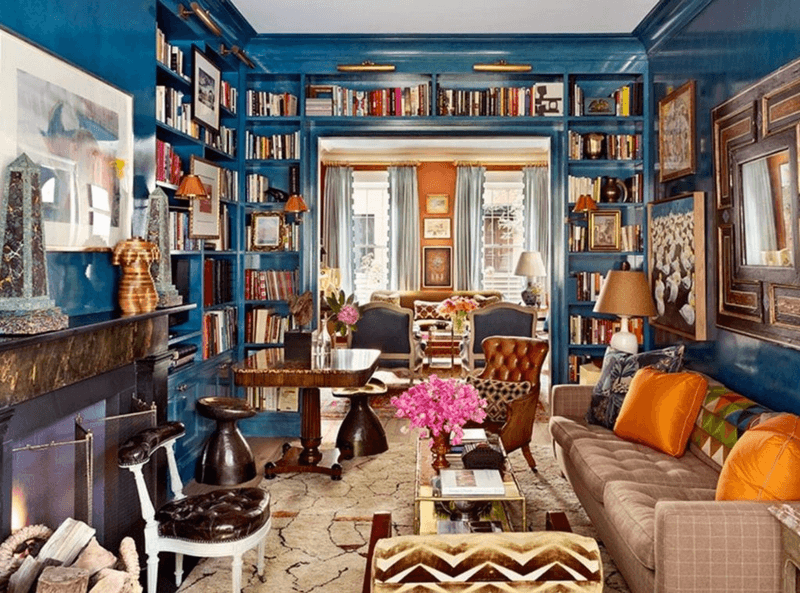
Cramming excess furniture into limited space creates obstacle courses rather than restful retreats. When pieces compete for attention, the room feels smaller and more chaotic than it actually is.
Follow the rule of necessity: every furniture piece should serve a clear purpose. Choose multifunctional options like storage ottomans or beds with drawers to maximize functionality without multiplying items.
11. Open Closet Chaos
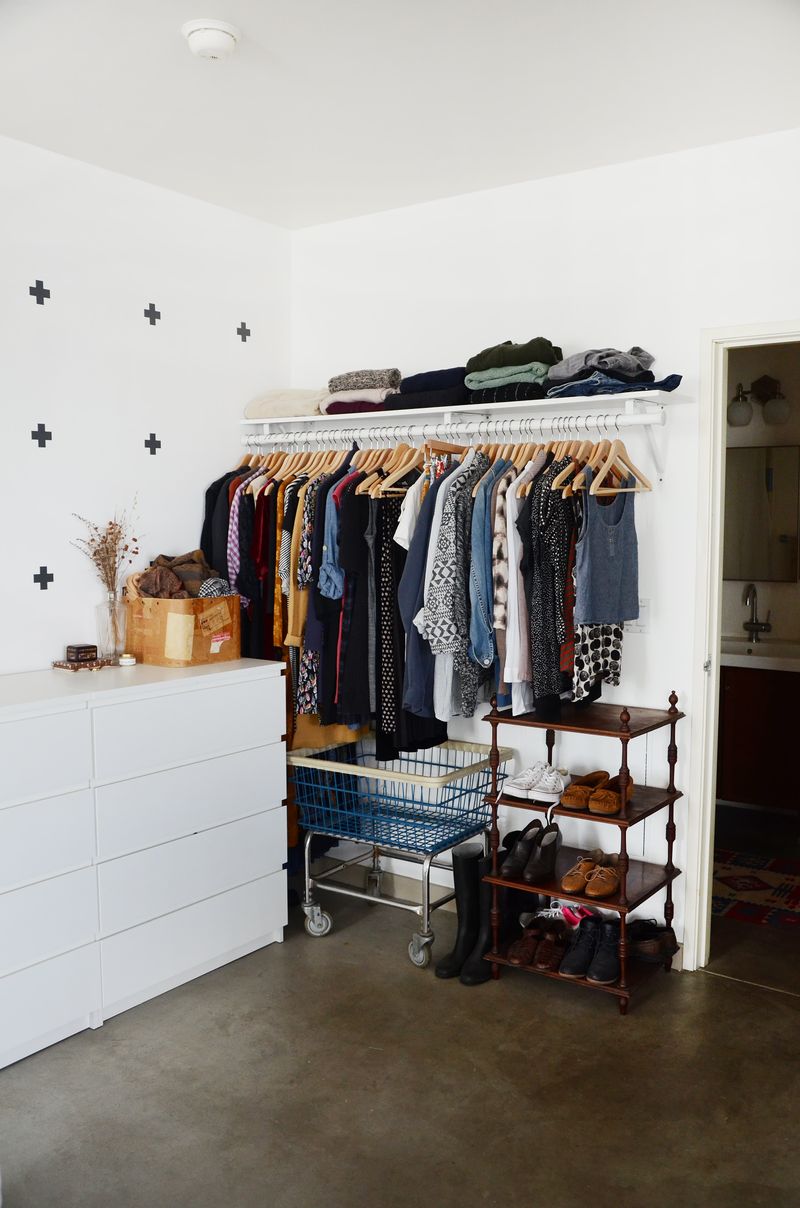
Visible clothing racks and exposed closet interiors instantly broadcast disorganization to the entire room. When contents spill into living space, your bedroom transforms into a makeshift storage unit.
Install closet doors, curtains, or screens to conceal contents. Within the closet, implement organization systems with designated zones for different clothing types to maintain order even behind closed doors.
12. Tiny Rugs That Float
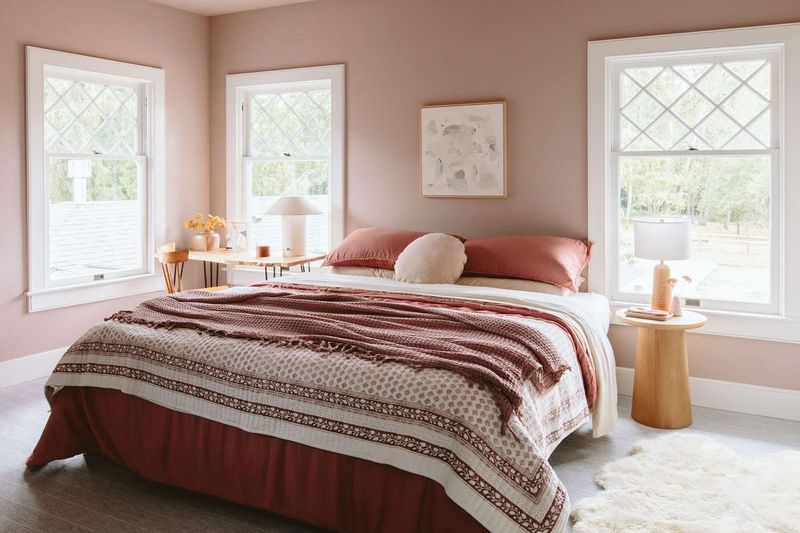
Small area rugs adrift in open floor space create disjointed, unanchored rooms. When rugs appear to be randomly placed, they contribute to visual chaos rather than cohesive design.
Select appropriately sized rugs that extend under key furniture pieces. For bedrooms, ensure the rug extends at least 18-24 inches beyond the sides and foot of the bed.
13. Old Electronics and Wires
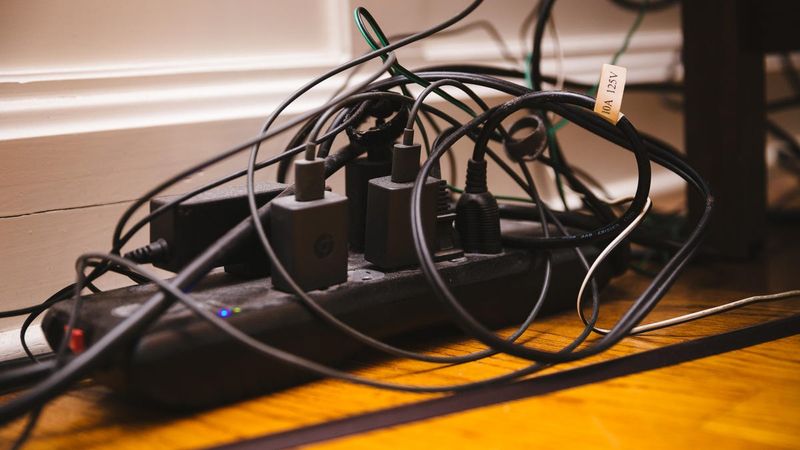
Outdated devices and their accompanying cords often accumulate in bedrooms, creating technological graveyards in corners and on surfaces. Even unused, they occupy valuable space and collect dust.
Recycle or donate electronics you no longer use. For necessary devices, consider wireless options when possible, and implement cord management solutions for those that remain.
14. Clothes on Chairs
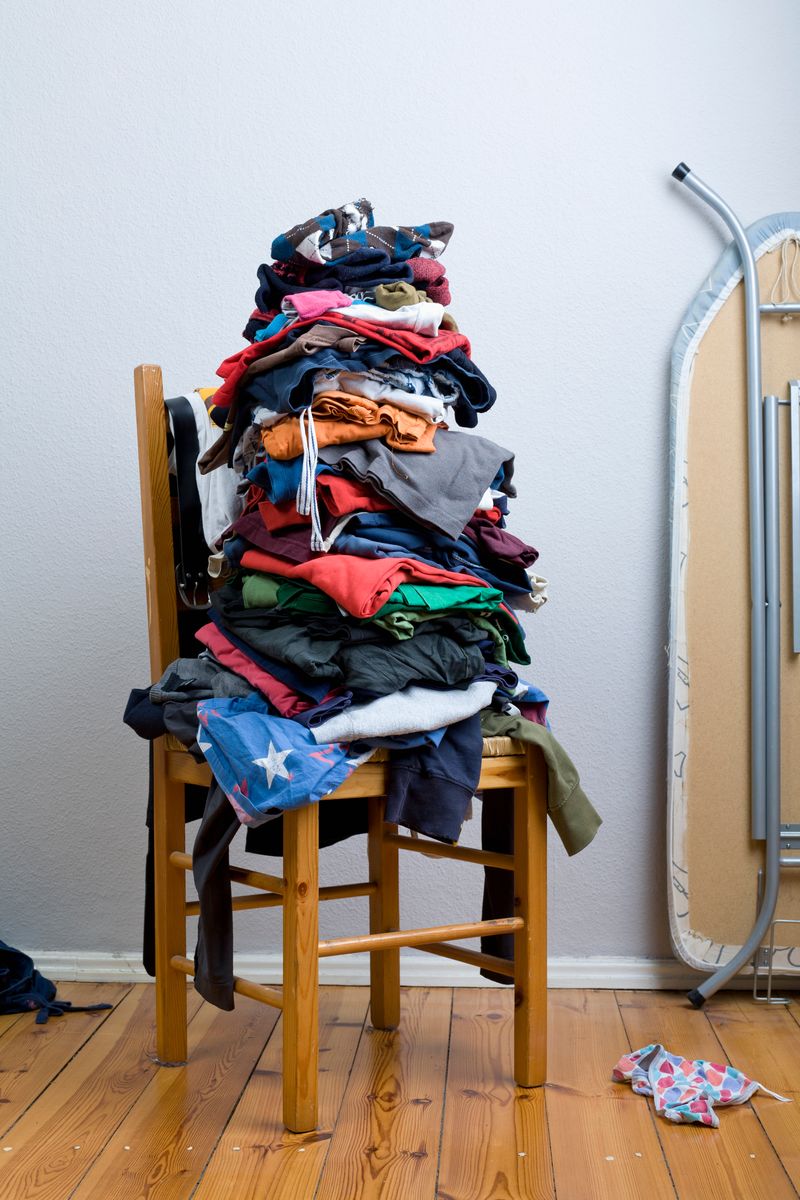
Almost everyone has created a ‘not quite dirty, not quite clean’ clothes pile on a bedroom chair. What starts as a temporary solution quickly becomes a permanent clothing sculpture that dominates the room.
Install hooks behind doors for items worn briefly. Implement the one-touch rule: clothes go either in the laundry or back in closets – no in-between staging area.
15. Too Many Scented Items
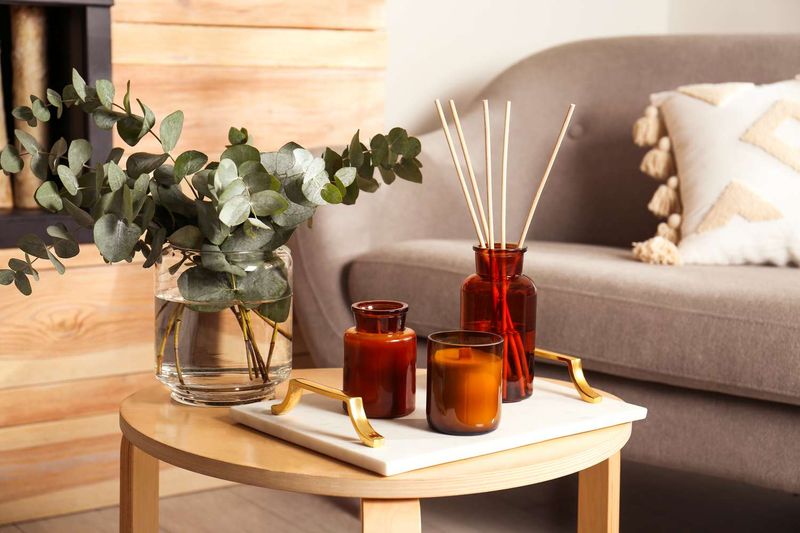
Multiple candles, diffusers, and air fresheners create both visual and olfactory clutter. Beyond the physical space they occupy, competing fragrances overwhelm rather than enhance your environment.
Choose one quality scent delivery system per room. Store extra candles and fragrance products in drawers until needed rather than displaying the entire collection at once.
16. Busy Bedding Patterns
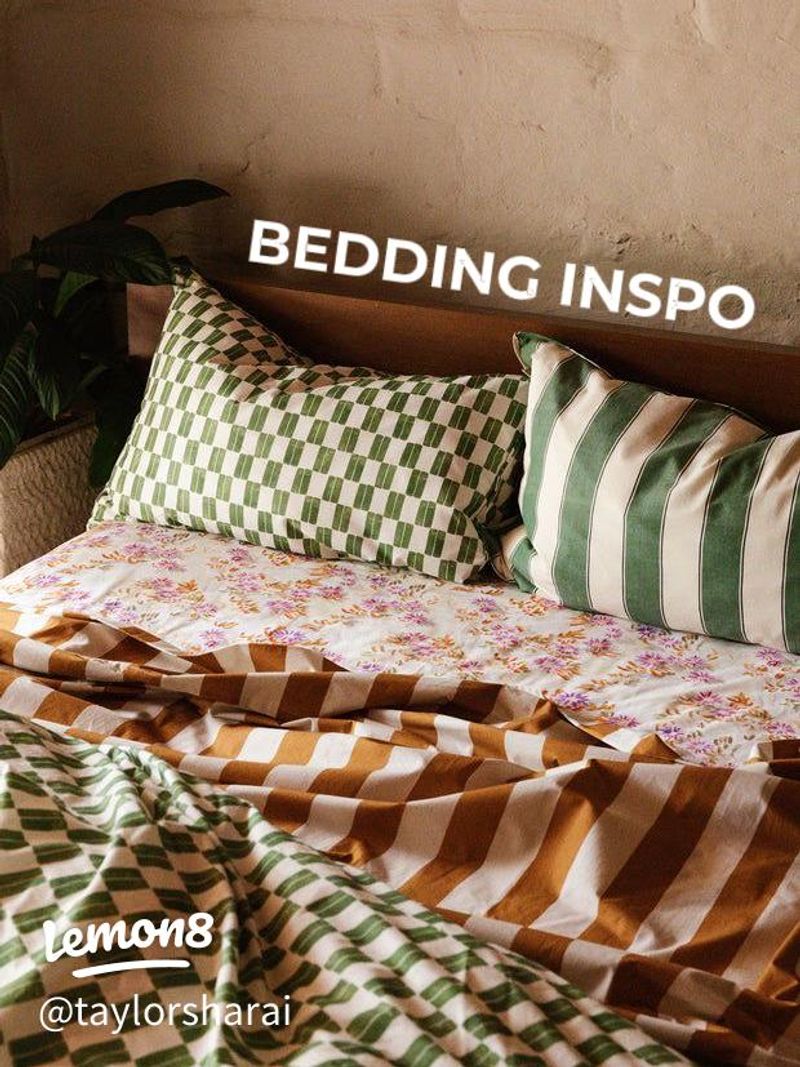
Wildly patterned sheets, clashing comforters, and mismatched pillowcases create visual noise even when perfectly made. Your eye has nowhere to rest when bedding competes for attention.
Opt for solid-colored sheets with subtle accent patterns in pillows or throws. Coordinate within a cohesive color palette rather than mixing multiple bold patterns on the bed.
17. Excessive Personal Items on Display
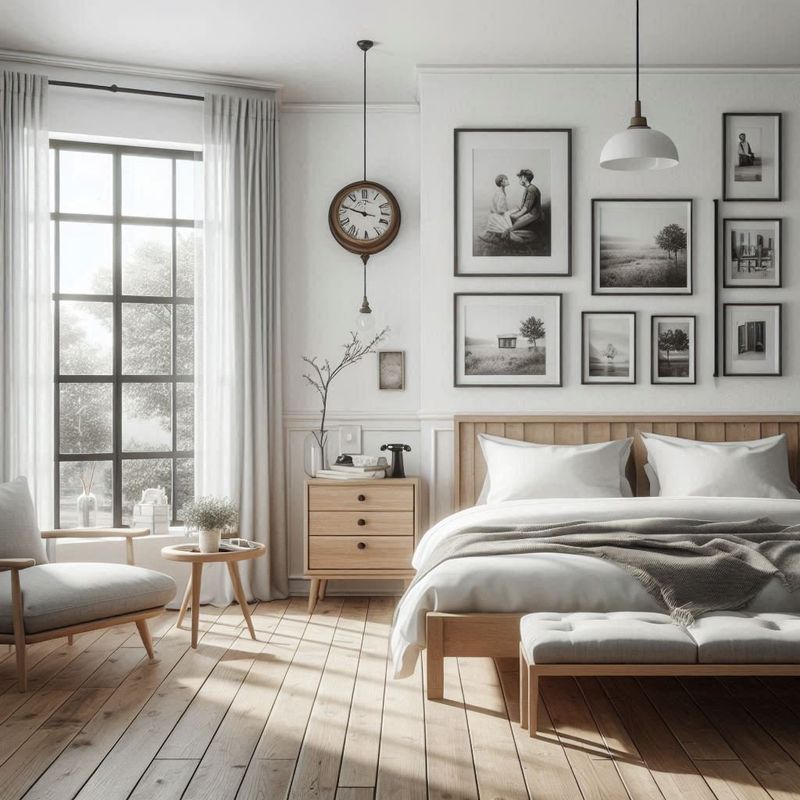
Family photos, mementos, and collections covering every surface create visual overload rather than meaningful display. When everything is special, nothing stands out.
Curate personal items to showcase only the most significant pieces. Rotate collections seasonally rather than displaying everything simultaneously, and group similar items together for visual cohesion.
18. Lack of Concealed Storage
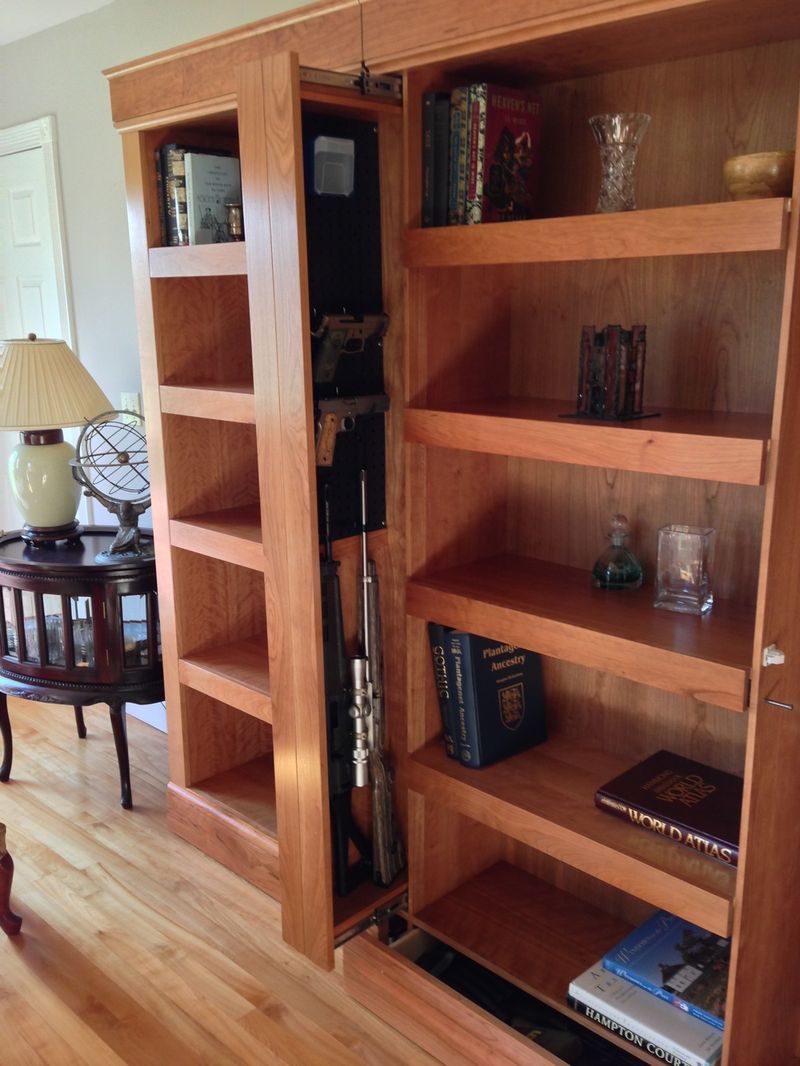
Without proper hidden storage, everyday items have nowhere to go except out in the open. Visible necessities quickly transform from useful objects into visual clutter.
Choose furniture with built-in storage, like beds with drawers or ottomans with lift-tops. Add decorative boxes with lids to keep smaller items accessible yet out of sight.

